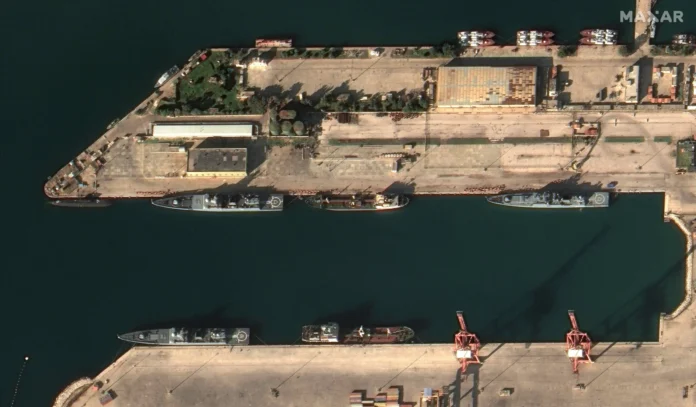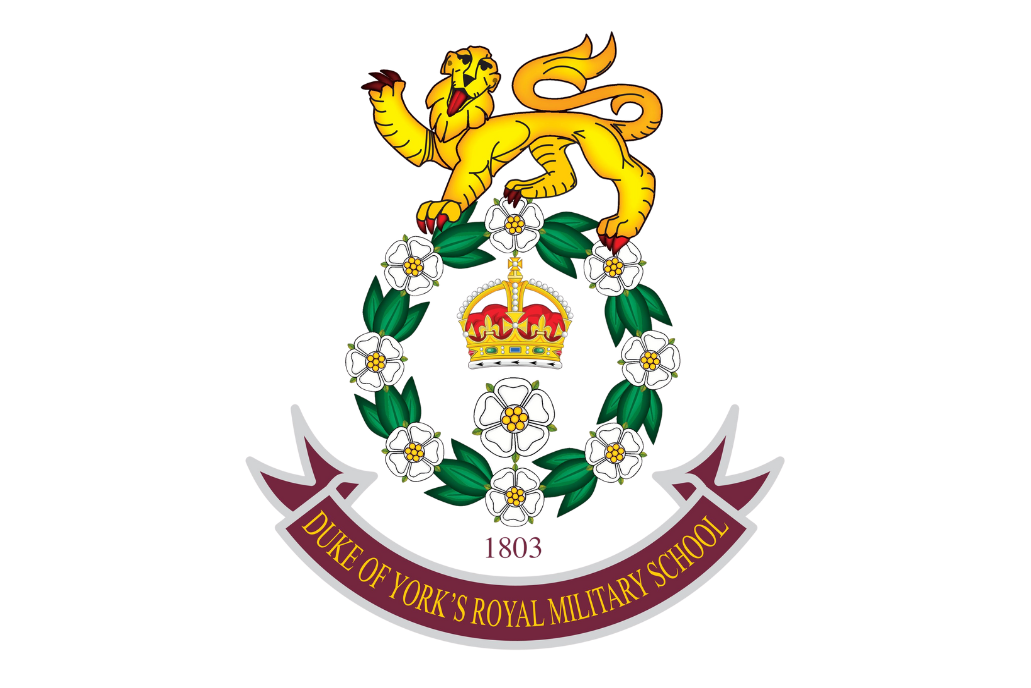Recent developments reveal that Russia is moving military equipment from its naval base in Tartus, Syria, to Libya. This strategic redeployment comes in the wake of significant regional changes, including the collapse of the Assad regime.
Background
The downfall of President Bashar al-Assad’s government has disrupted Russia’s long-standing influence in Syria. The naval base in Tartus, established in 1971, has been central to Russia’s operations in the Mediterranean. However, with the Assad regime no longer in power, the strategic value of Tartus has diminished, prompting Russia to reassess its military positioning.
Operational Details
Reports indicate that Russian cargo vessels, including the Sparta and Sparta II, are en route to Tartus to transport military assets. These ships are expected to relocate various equipment and weaponry to Libya, where Russia maintains critical interests. Other vessels, such as the landing ships Ivan Gren and Alexander Otrakovsky, and the tanker Ivan Skobelev, are also involved in these operations.
Strategic Implications
The transfer of military assets to Libya highlights Russia’s efforts to consolidate its presence in North Africa. By reinforcing its position in Libya, Moscow seeks to influence regional dynamics, secure access to strategic resources, and expand its geopolitical influence. This move represents a calculated shift in response to the evolving political landscape in the Middle East.
Conclusion
Russia’s redeployment of military equipment from Syria to Libya underscores its adaptability in the face of shifting regional power structures. This strategic maneuver reflects the complexities of international politics and the measures taken by global powers to preserve their influence.
















